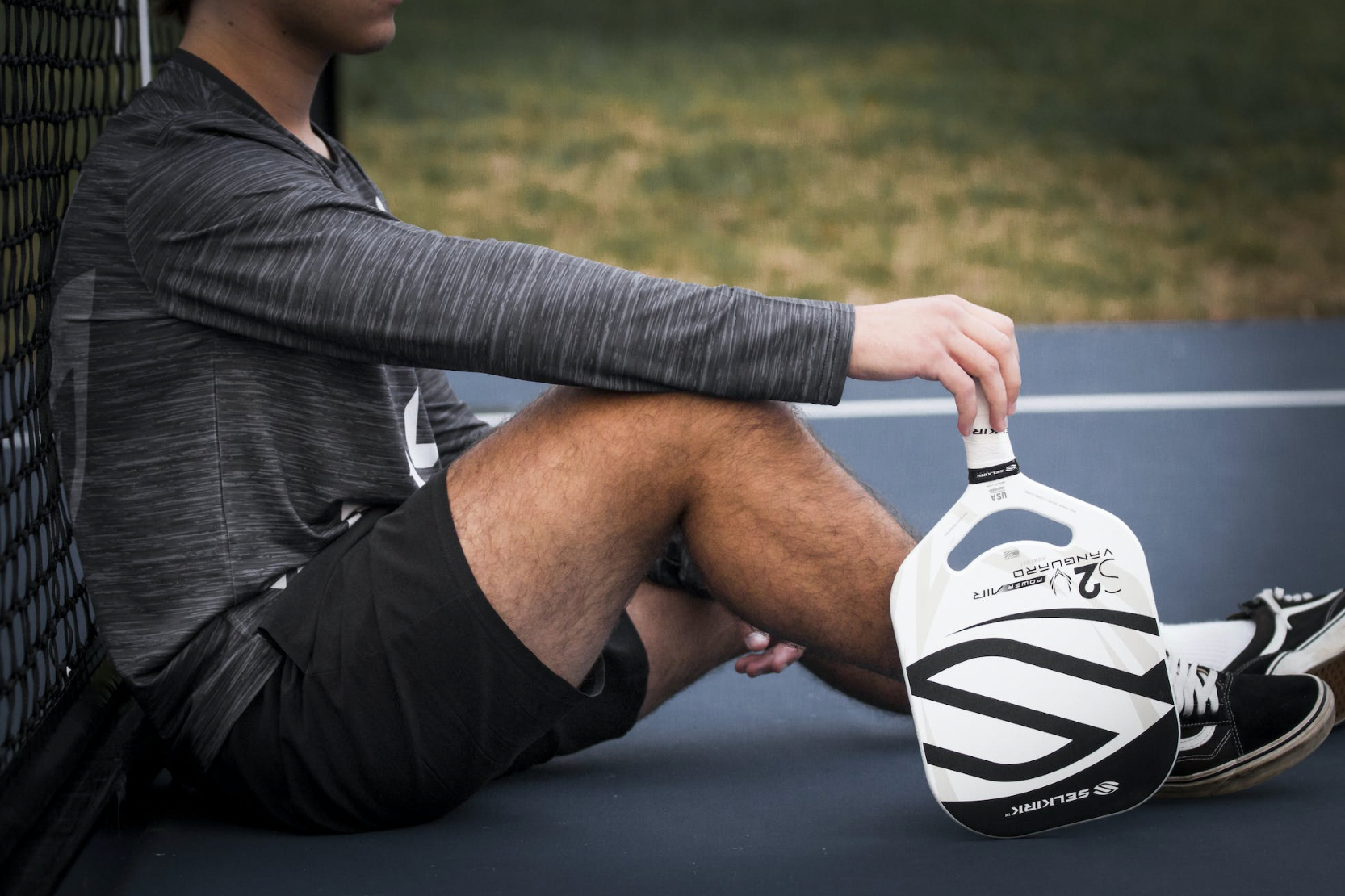
By Mati Bishop
When most of us were kids, we didn't get in trouble for visualizing in class, we got in trouble for daydreaming. Times have changed and nowadays visualization has become a valuable tool in the high level athletes arsenal of ways to develop their talent.
In 1996 a University of Chicago study took three groups of basketball players and gave them each a separate task. Group one was not allowed to touch a basketball for 30 days. Group two was asked to practice shooting free throws for 30 minutes a day. Group three was asked to sit quietly in the gym with their eyes closed and visualize themselves making every free throw for 30 minutes.
At the end of the study the group that did nothing showed no improvement. The group that practiced showed 24% improvement. The group that visualized showed 23% improvement and the practice of visualization was legitimized.
Now athletes from beach volleyball to pro football and of course pickleball are using visualization to improve their game while their body rests.
Merely daydreaming will only get you so far, here are three rules that will help you get the most out of your visualization sessions.
Rule #1 Always Visualize Success
It might seem like a no-Brainer, but it is important to make every repetition you get in visualization a positive one. The goal is to train your brain for what you want your body to do correctly in any given situation, not to correct a mistake you are making. Visualizing yourself making a mistake is reinforcing a negative behavior, even if the intention is to correct the mistake. Eliminate the mistake part and always focus on the perfect execution and you will see results much faster.
Perfection is a slippery slope. Oftentimes in actual play, trying to hit a perfect shot is less desirable than trying to hit a very good shot because it leaves you a smaller margin for error. In visualization you have control over the entire situation and outcome, so you can make the perfect shot every time. You can also choose to visualize hitting very good shots perfectly. Both options will take you further down the road to success.
Rule #2 Be as Specific and Detailed as Possible
Using your visualization to work on very specific techniques is a much more valuable use of time than visualizing general play. In visualization you can slow down play, rewind, repeat and focus on minute details in a way that is impossible in live practice. Use this to your advantage.
Bring all five senses into your visualization. “What do I feel?” “What can I hear?” “What do I see?” Even “what do I smell or taste?” in this situation can contribute to the reality of your visualization and help you focus on the technique and situation you are working on in the most detailed level possible.
The more sensory information you incorporate into your visualization, the easier it is to program your brain to react as desired. This can be tricky. If you are struggling, start by visualizing the perfect technique, make it as perfect and detailed as possible and then begin to slowly add outside stimuli. What court and I playing on? Is there a crowd? Where is my partner? Where is the defender? The more you practice, the more layers of detail you can build into your visualization routine. If you think of it as a routine, or practice repetition will allow you to better build your perfect scenarios. Experience these situations over and over again and before long you will begin to see improvement of your on court performance in your visualized scenarios.
Rule #3 Feel the Pressure
The goal of improving our skills is to be able to execute them in high pressure situations. Championship point, finally beating the player who always gives you fits in rec play or performing at the top of your game in front of family or friends are great situations to visualize yourself executing perfect techniques in.
The more pressure you can incorporate into your visualization, the more comfortable you are going to be when a real life high pressure situation arises. Adding pressure will benefit the detail of your training with more realism and help mentally prepare you for the situations you want to perform your best in.
Push yourself to the highest level you believe you are capable of. Visualizing yourself on championship court on Championship Sunday of a PPA Tour stop is awesome, but if it is not realistic, then it won’t be as high quality of training as visualizing yourself in a realistic and upcoming situation you are likely to face. Take baby steps forward and eventually that championship court visualization may be the realistic next step for you.
There are as many ways to visualize as there are players who utilize the practice. Take these three tips and customize them to your game as you build a visualization routine. Just like on court practice, consistency and repetition are going to make the training work better for you. Commit a little bit of time everyday and you will see results in no time.






















